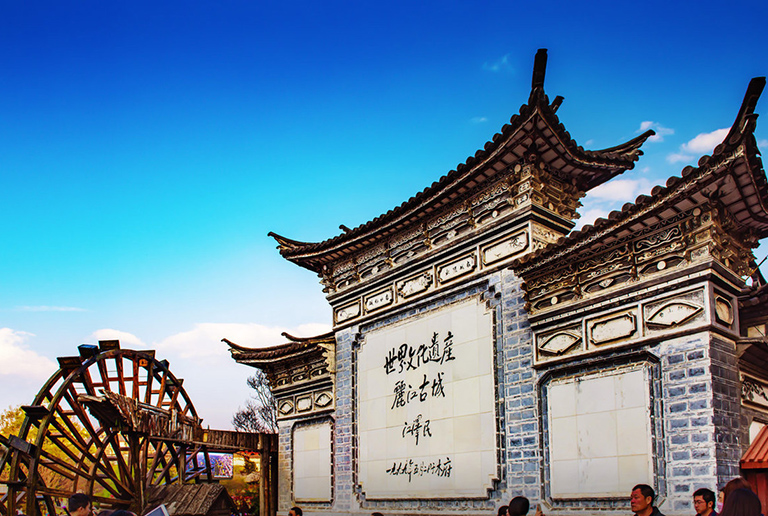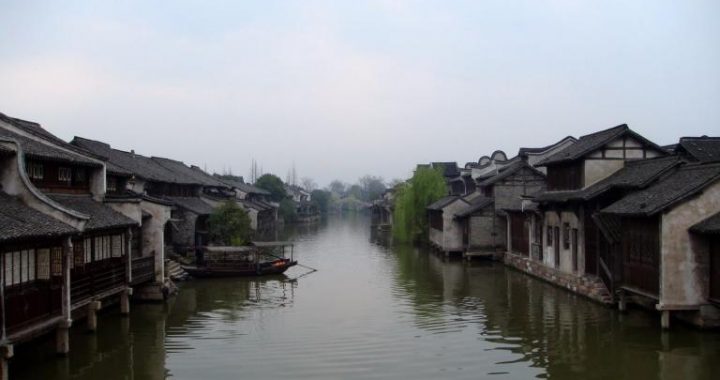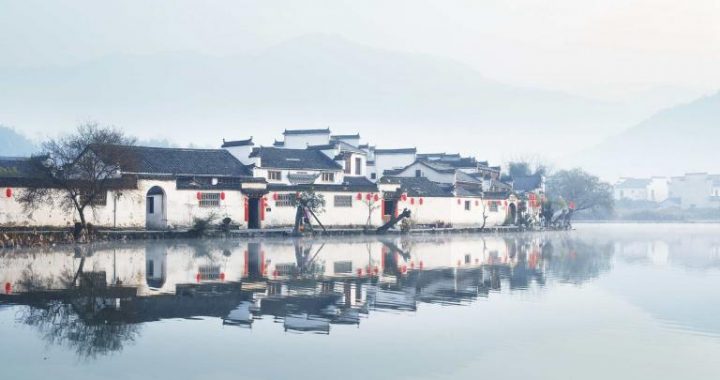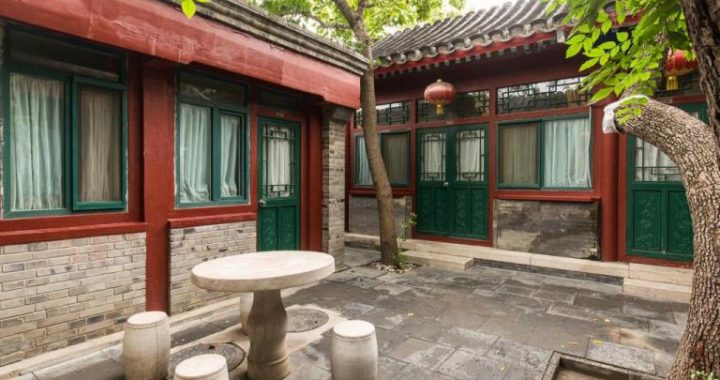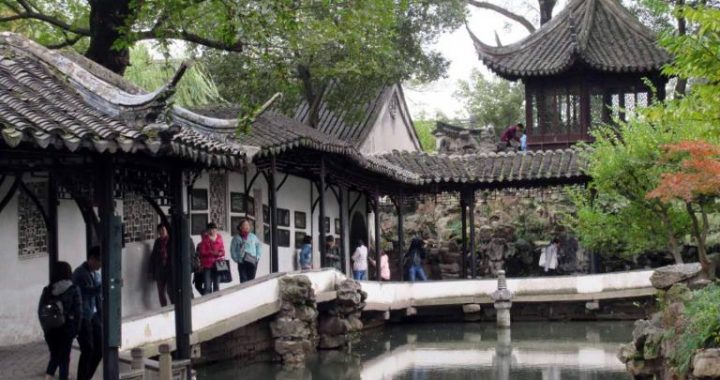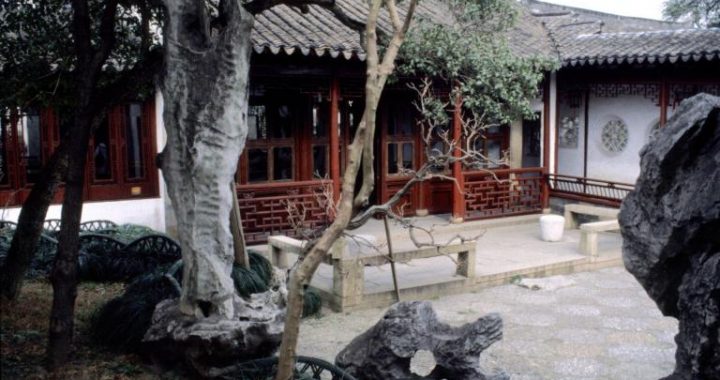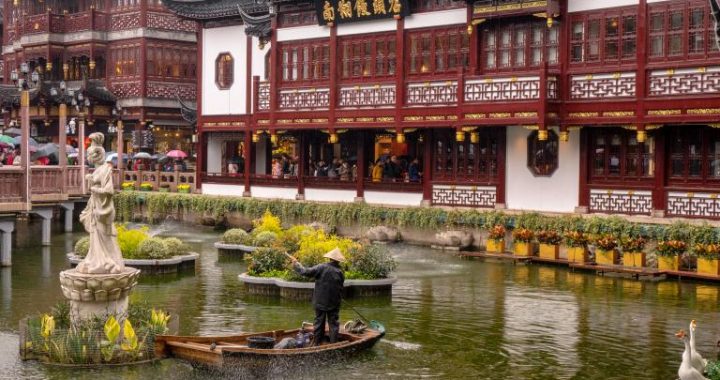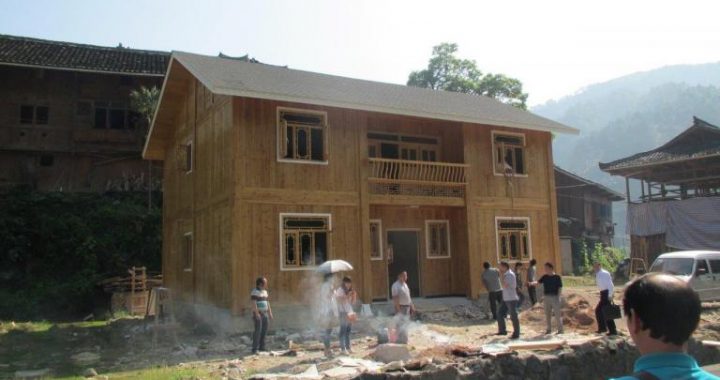Ancient Cities in China
3 min readChina’s earliest city emerged in the late period of primitive society(C.3000-2000 BC), which basically coincided with the period when earliest foreign cities emerged. Cities were small then with quite incomplete inner facilities. In a strict sense, they were only castles far from today’s cities. In the Zhou Dynasty, Chinese cities not only underwent fast development, but also formed certain rules on city construction according to different feudal ranks.
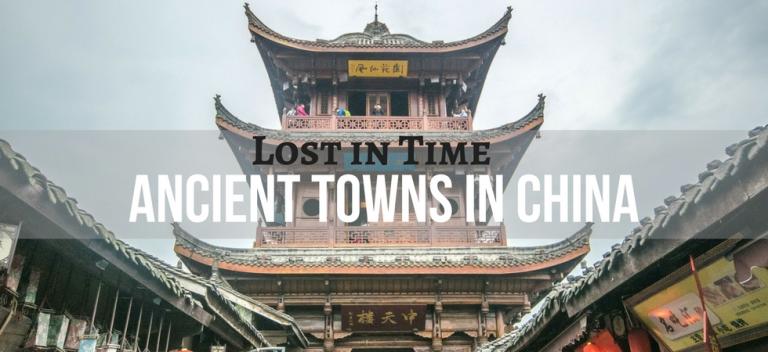
Chinese ancient cities’ grid-shaped spatial pattern first of all originated from early farming systems represented by the square-fields system; on the other hand, China’s warm climate in the south and cold climate in the north directly led to construction of buildings facing the south and the sun on the lee side and indirectly led to the mainly north-south road system.
Existing historical materials and archeological results prove that China’s earliest city emerged in the late period of primitive society(c.3000-2000 BC), which basically coincided with the period when earliest foreign cities emerged.
The famous American city planning theorist Lewis Mumford wrote in The City in History,”The most ancient urban remains now known mostly came into existence around 3000 B.C. give or take a few centuries.”
Cities were small then with quite incomplete inner facilities. In a strict sense, they were only castles far from today’s cities. In the Zhou Dynasty, Chinese cities not only underwent fast development, but also formed certain rules on city construction according to different feudal ranks. For example, The Rites of Zhou-The Artificers’ Record contains specific provisions on city layouts and the widths of roads of different levels.
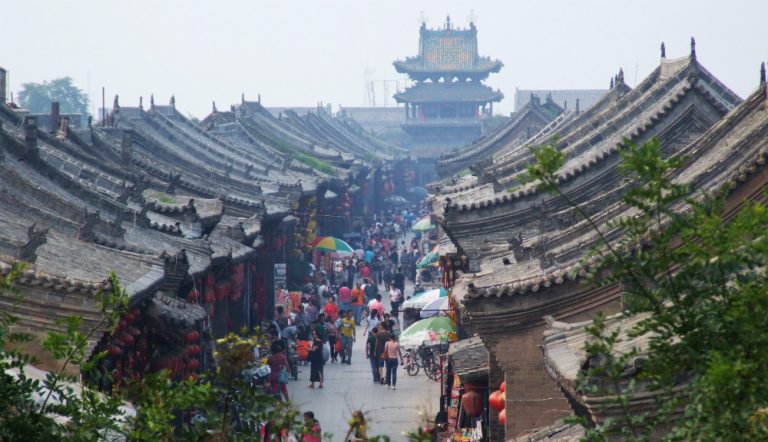
Chinese ancient cities’ grid-shaped spatial pattern first of all originated from early farming systems represented by the square-fields system; on the other hand, China’s warm climate in the south and cold climate in the north directly led to construction of buildings facing the south and the sun on the lee side and indirectly led to the mainly north-south road system.
The thoughts of “round heaven and square earth”and “interactions between heaven and mankind”and the theories of “yin and yang”and “the five elements”formed the ideological basis of Chinese ancient “square cities.”Most city plans gave emphasis to “selection of the middle”and “symmetry,”and clear axes dominated a city’s basic layout. Many cities and the names and locations of buildings in them reflect strong symbolic meanings.
The feng shui theory of “analyzing soil, tasting water, observing the sky and surveying land”proceeded from Chinese ancient culture’s tradition of respecting the sky, land, mountains, rivers and environment, and exerted important influence on city location selection and city layouts. The selection of the location of the Wu State’s capital by Wu minister Wu Zixu in 514 BC wasmost famous. He personally examined soil, even personally tasted river water, and finally built Helu City(today’s Suzhou City). Actually, he carried out field investigation, learned about the quality of soil and water, observed astronomical phenomena and studied feng shui to select the city location.
Changes in social and economic forms pushed forward the development of city planning and layouts. Before the Tang Dynasty (618-907), to facilitate management and ensure public order, all cities adopted the closed neighborhood system: residential neighborhoods and markets were all separated by the grid-shaped road system. Neighborhoods’ walls and gates and markets’ walls and gates were guarded by special personnel. They opened in the morning and closed in the evening. This form brought a lot of inconvenience to people’s life and restricted social and economic progress. In the Song Dynasty (960-1279), agriculture, handicraft, commerce, foreign trade, science and technology developed rapidly, and the neighborhood system was gradually abolished. Closed markets disappeared, replaced by many commercial streets. Cities’ internal spatial structures changed from closed structures to open ones. China’s national treasure Along the River During the Qingming Festival drawn in the Song Dynasty shows busy commercial streets in Kaifeng bustling with activity then.
